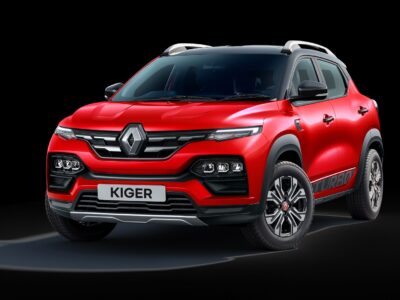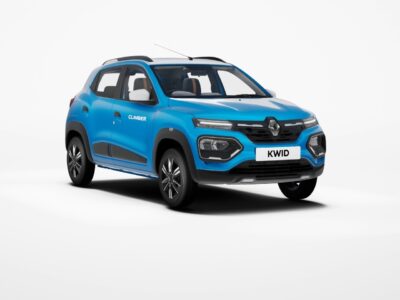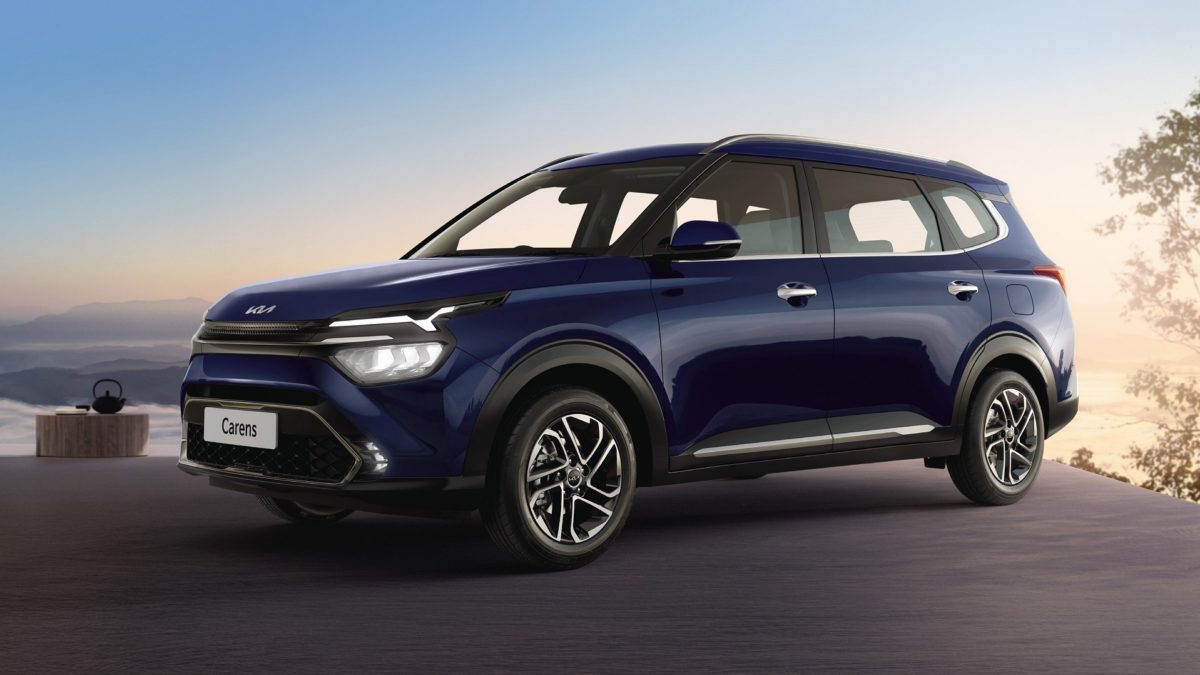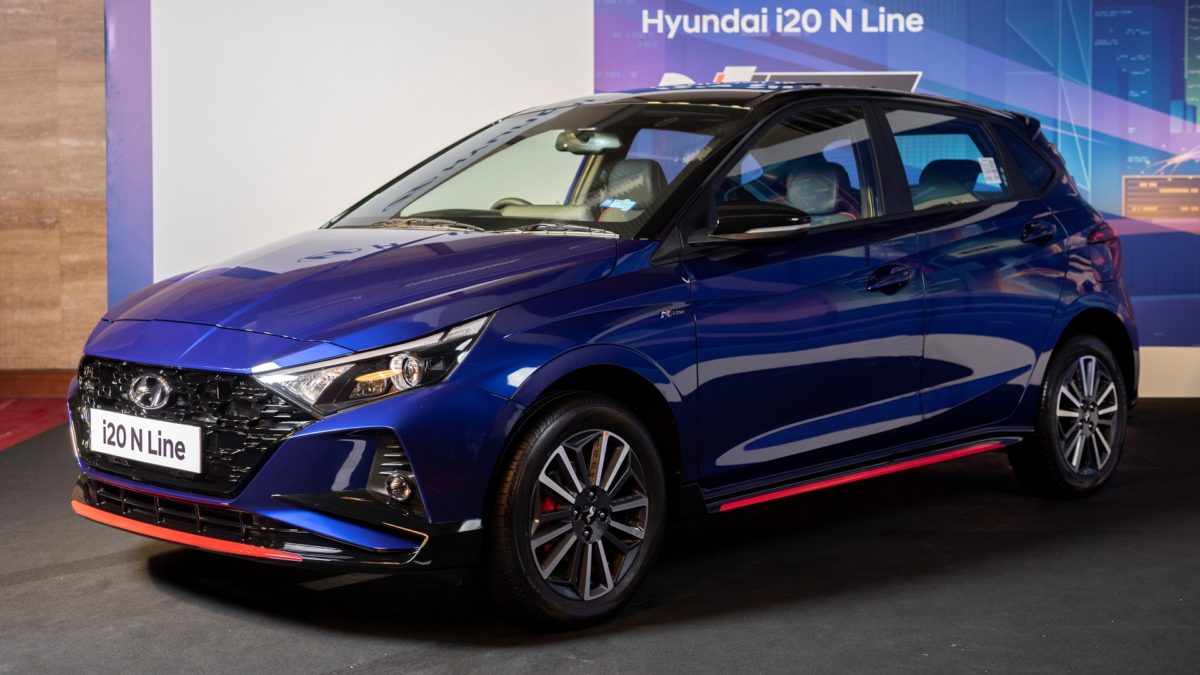The Duster. It single-handedly established Renault’s roots in India. And, in August this year, we got the BS6-compliant (Bharat Stage 6) range. The highlight was the introduction of a 1.3-litre turbocharged petrol engine. That meant the old 1.5-litre, naturally-aspirated petrol mill filled the space for lower variants. In total, there were three derivatives which had the non-turbo powerplant – RXE, RXS and RXZ. Now, however, only the latter two remain. At least, in the price list.
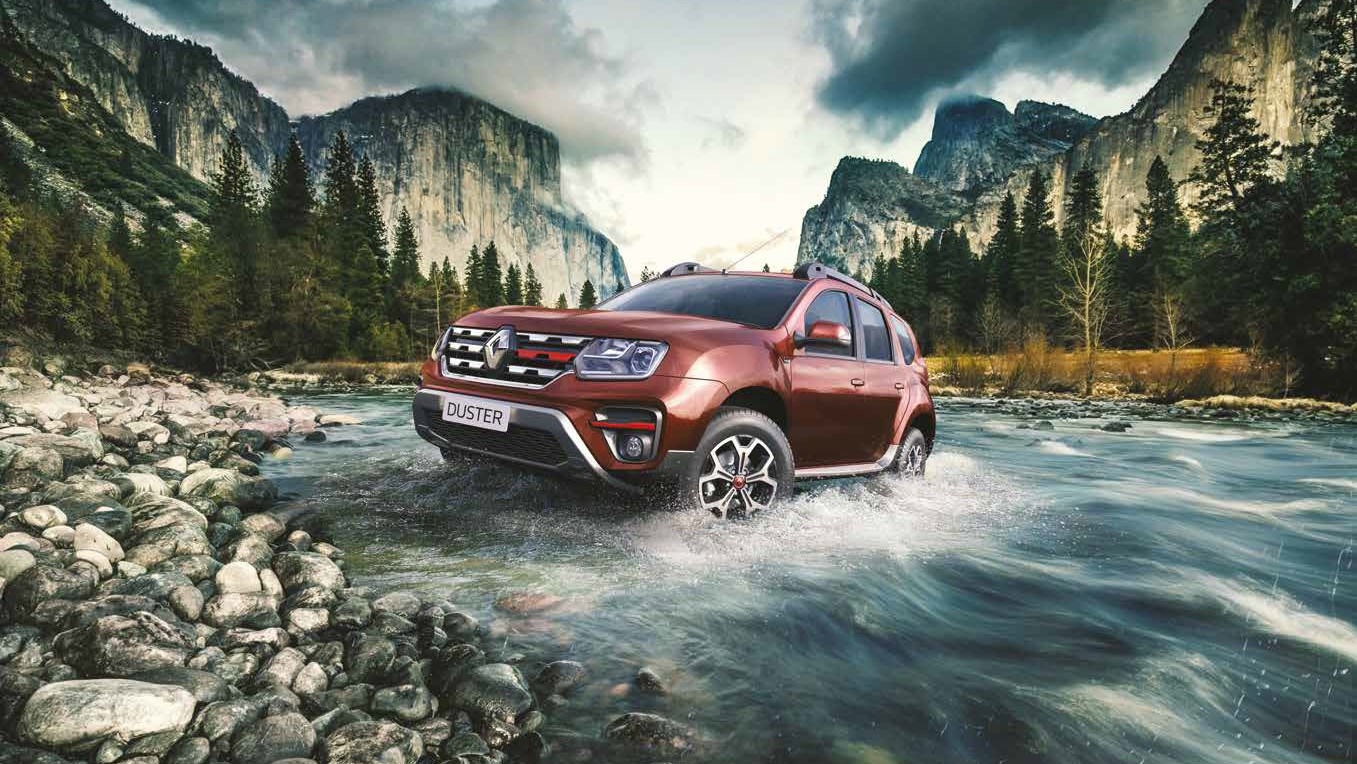
The RXE variant, which had a price tag of Rs 8.59 lakh, costed Rs 80,000 less than the next-in-line, and now the new entry-level derivative, the RXS. Even in RXE form, the Duster came with stuff like projector headlamps, push-button start/stop, remote keyless entry, tilt-adjustable steering, ABS with EBD and BA, dual airbags, all-four power windows and rear parking sensors. As for the 1.5-litre engine, that pumps out 105bhp/142Nm, comes mated to a 5-speed manual transmission.
Although unlikely, but Renault could bring back the RXE variant at a later stage. Or, maybe, it will remove the 1.5-litre engine option altogether. As for the SUV, it is long overdue for a generation change in India. The Duster has always had its strong points – ride quality and the roomy cabin being a couple of them. But, the marque needs a new lease of life to compete with the much-more modern competition.
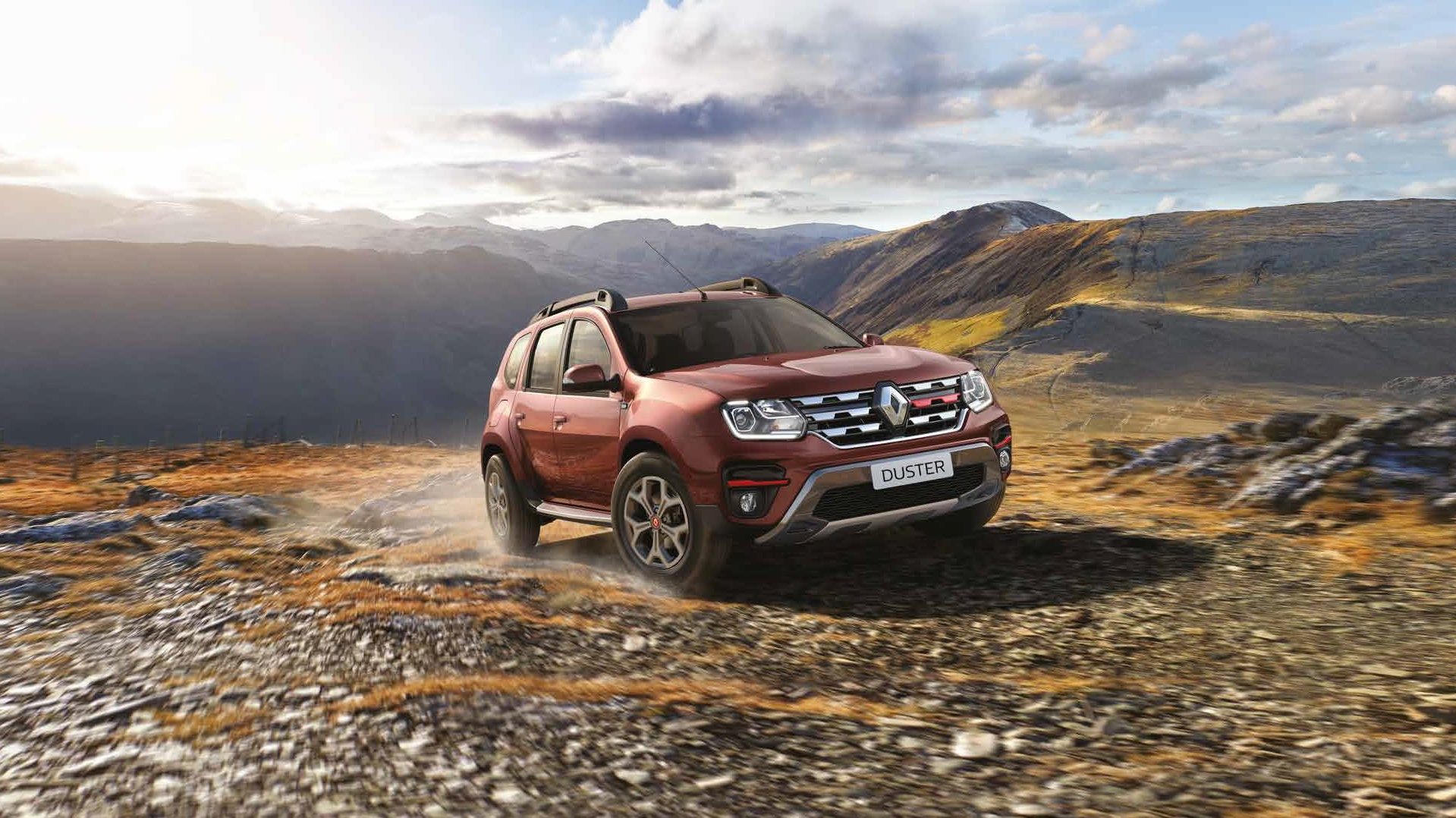
The Duster falls in the same segment as the Hyundai Creta, Kia Seltos and the Nissan Kicks. Even though Renault’s SUV has the pricing advantage, it doesn’t sell at the same rate as it used to a few years ago. In addition to reviving the Duster brand, Renault’s also working at entering the sub-4 metre SUV space with the Kiger. Last month, we saw how it could look like. Expect it to launch early next year and rival the likes of the Nissan Magnite, Hyundai Venue, Kia Sonet and the Tata Nexon.


